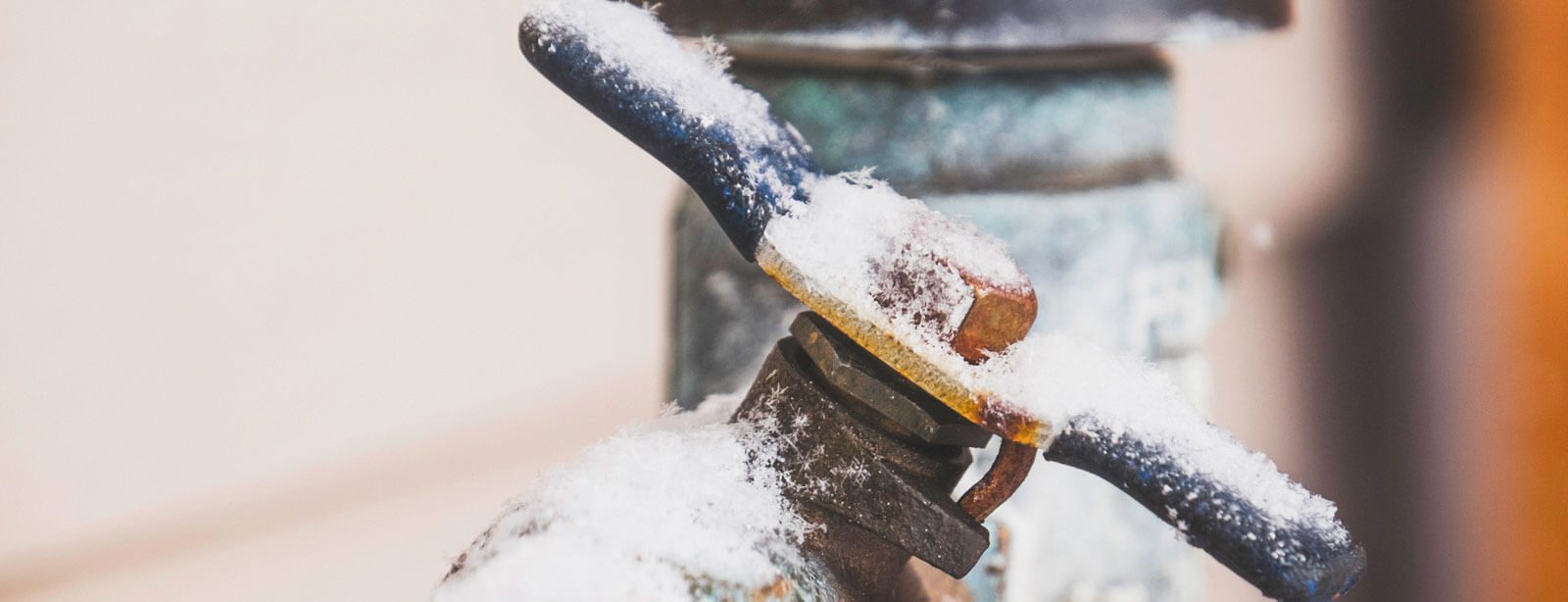The author is making a few great observations related to How To Avoid Freezing Pipes as a whole in the article down below.

Cold weather can ruin your plumbing, particularly by freezing pipelines. Right here's how to stop it from occurring and what to do if it does.
Introduction
As temperatures drop, the threat of icy pipelines increases, possibly leading to pricey repair work and water damage. Understanding how to prevent frozen pipes is crucial for home owners in cool environments.
Comprehending Icy Pipes
What triggers pipes to freeze?
Pipelines ice up when subjected to temperature levels listed below 32 ° F (0 ° C) for expanded periods. As water inside the pipes ices up, it broadens, taxing the pipe wall surfaces and potentially triggering them to burst.
Dangers and problems
Frozen pipelines can cause water supply disturbances, residential property damages, and costly fixings. Ruptured pipelines can flooding homes and trigger considerable architectural damage.
Indications of Frozen Pipeline
Determining frozen pipelines early can prevent them from bursting.
How to recognize icy pipelines
Look for lowered water flow from taps, uncommon odors or sounds from pipes, and noticeable frost on subjected pipes.
Avoidance Tips
Protecting susceptible pipes
Wrap pipes in insulation sleeves or use warm tape to shield them from freezing temperatures. Concentrate on pipes in unheated or outside areas of the home.
Heating techniques
Keep interior rooms effectively heated, specifically locations with pipes. Open up cabinet doors to allow warm air to distribute around pipes under sinks.
Protecting Exterior Plumbing
Garden pipes and outside taps
Disconnect and drain pipes garden pipes before wintertime. Install frost-proof faucets or cover outdoor faucets with insulated caps.
What to Do If Your Pipelines Freeze
Immediate activities to take
If you believe frozen pipelines, maintain taps open up to soothe stress as the ice thaws. Utilize a hairdryer or towels soaked in hot water to thaw pipelines slowly.
Long-Term Solutions
Structural changes
Take into consideration rerouting pipes away from exterior walls or unheated locations. Include added insulation to attic rooms, basements, and crawl spaces.
Upgrading insulation
Purchase top quality insulation for pipelines, attic rooms, and walls. Proper insulation helps keep consistent temperature levels and minimizes the risk of icy pipes.
Verdict
Avoiding frozen pipelines calls for positive actions and fast responses. By comprehending the causes, signs, and safety nets, homeowners can protect their plumbing throughout cold weather.
5 Ways to Prevent Frozen Pipes
Drain Outdoor Faucets and Disconnect Hoses
First, close the shut-off valve that controls the flow of water in the pipe to your outdoor faucet. Then, head outside to disconnect and drain your hose and open the outdoor faucet to allow the water to completely drain out of the line. Turn off the faucet when done. Finally, head back to the shut-off valve and drain the remaining water inside the pipe into a bucket or container. Additionally, if you have a home irrigation system, you should consider hiring an expert to clear the system of water each year.
Insulate Pipes
One of the best and most cost-effective methods for preventing frozen water pipes is to wrap your pipes with insulation. This is especially important for areas in your home that aren’t exposed to heat, such as an attic. We suggest using foam sleeves, which can typically be found at your local hardware store.
Keep Heat Running at 65
Your pipes are located inside your walls, and the temperature there is much colder than the rest of the house. To prevent your pipes from freezing, The Insurance Information Institute suggests that you keep your home heated to at least 65 degrees, even when traveling. You may want to invest in smart devices that can keep an eye on the temperature in your home while you’re away.
Leave Water Dripping
Moving water — even a small trickle — can prevent ice from forming inside your pipes. When freezing temps are imminent, start a drip of water from all faucets that serve exposed pipes. Leaving a few faucets running will also help relieve pressure inside the pipes and help prevent a rupture if the water inside freezes.
Open Cupboard Doors
Warm your kitchen and bathroom pipes by opening cupboards and vanities. You should also leave your interior doors ajar to help warm air circulate evenly throughout your home.

As an enthusiastic person who reads about Winter Plumbing Precautions: Preventing Frozen Pipes, I think sharing that piece of content was really helpful. Remember to take the opportunity to promote this content if you enjoyed it. Many thanks for being here. Kindly stop by our website back soon.
Click Here